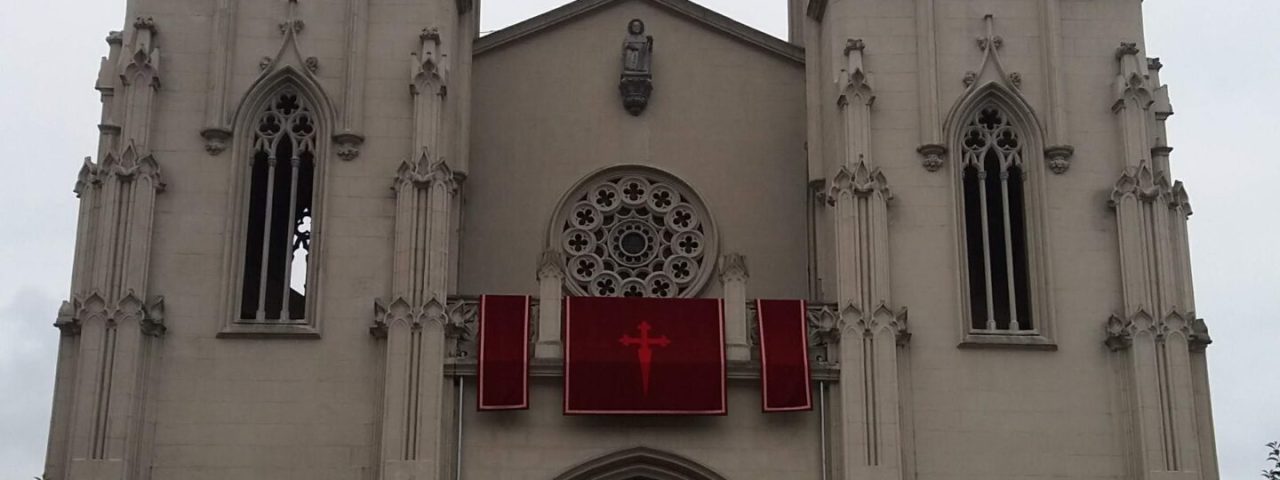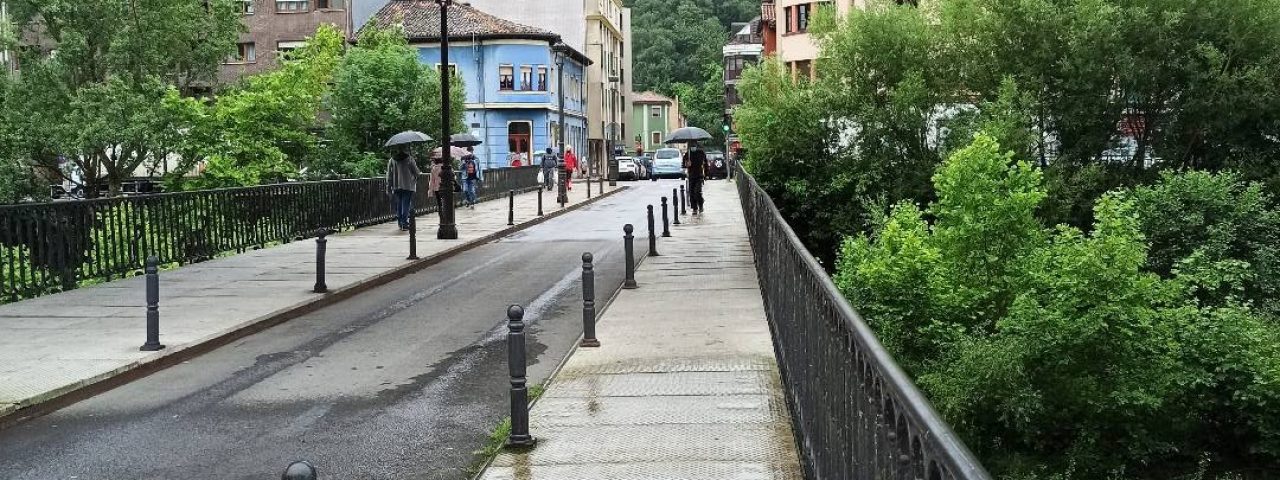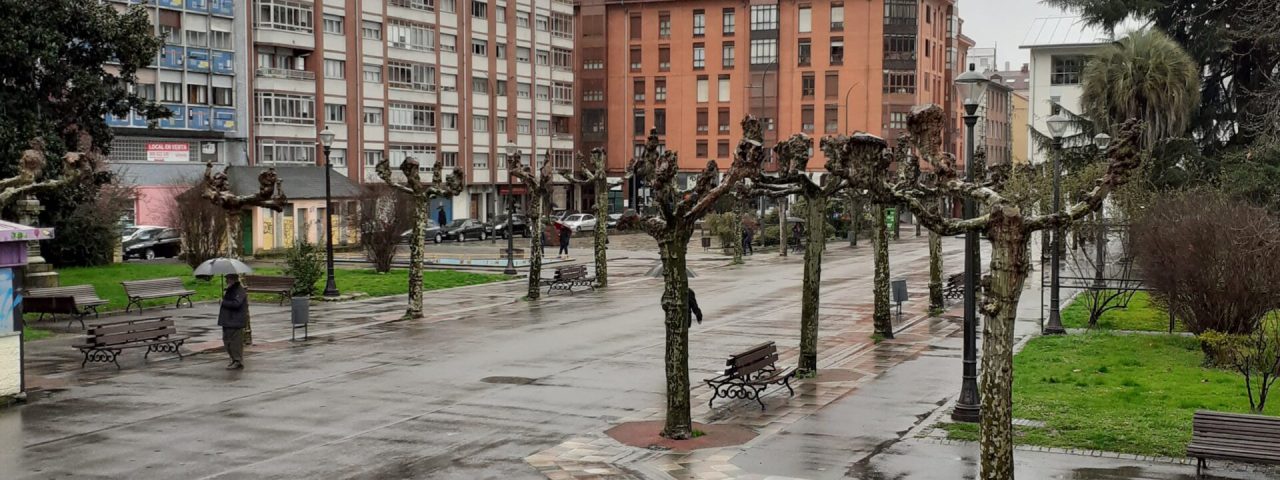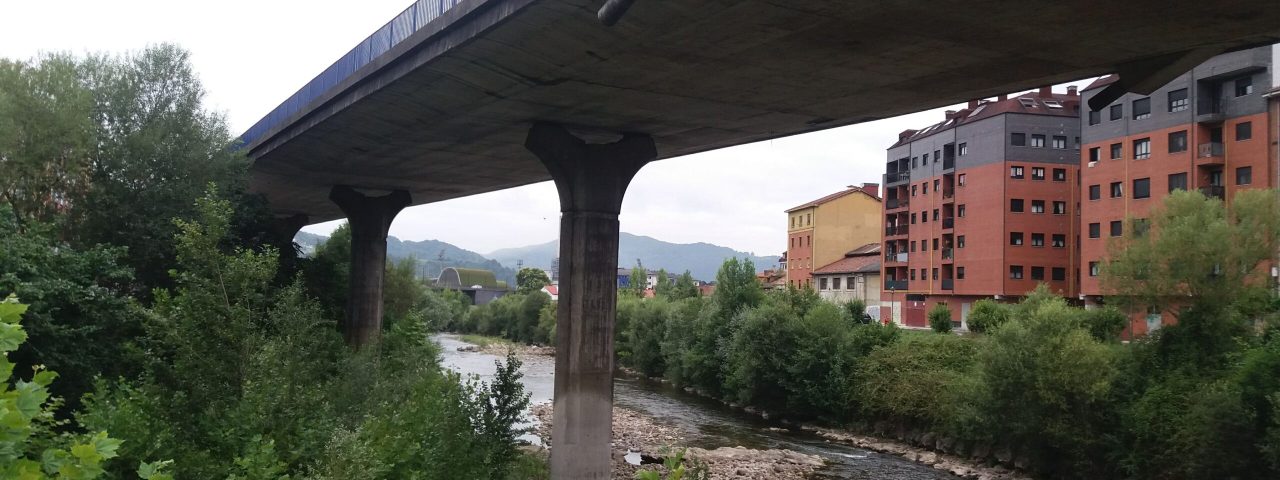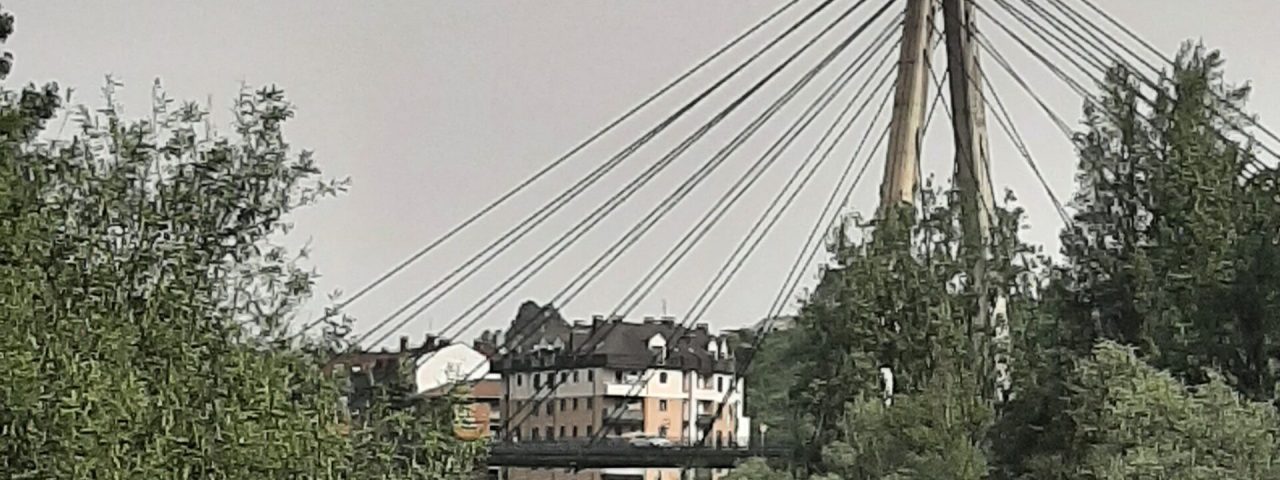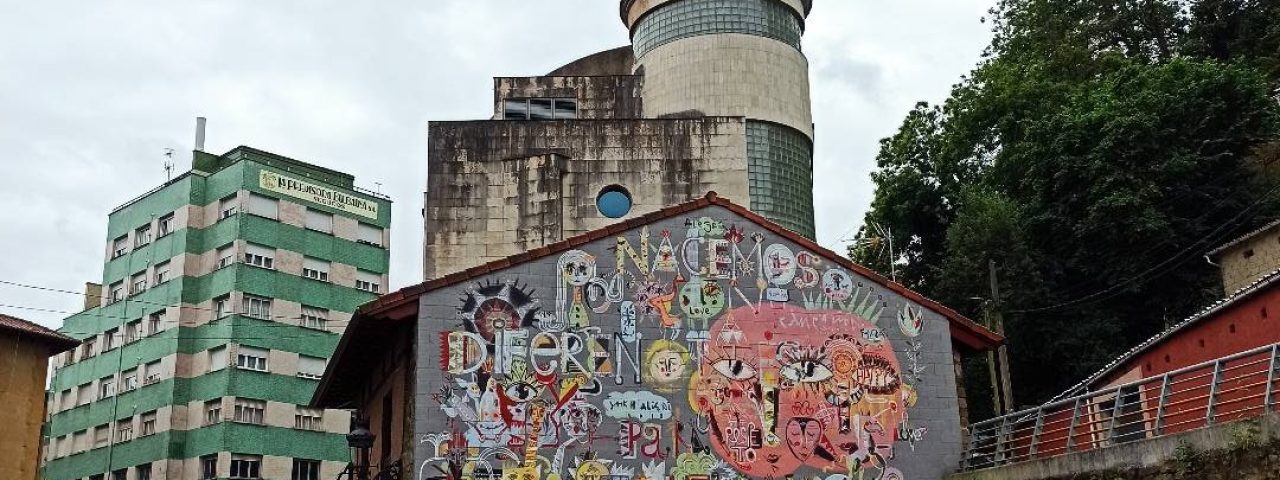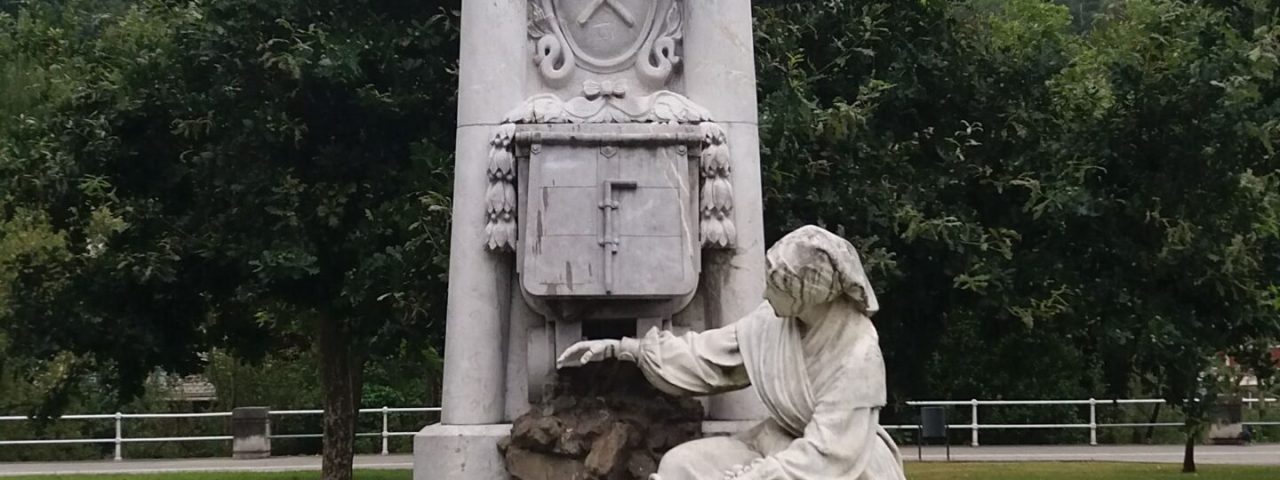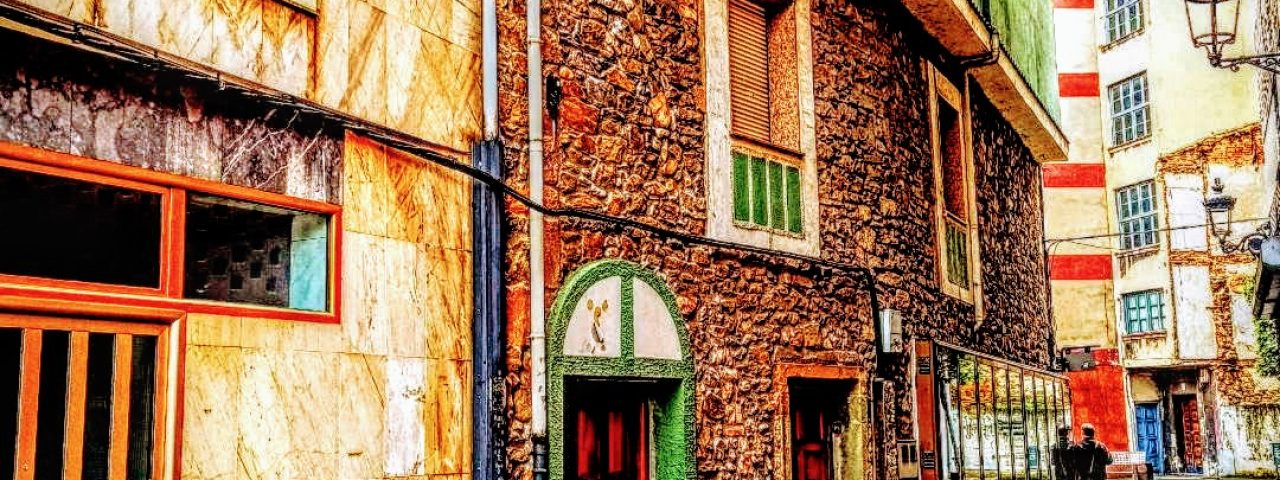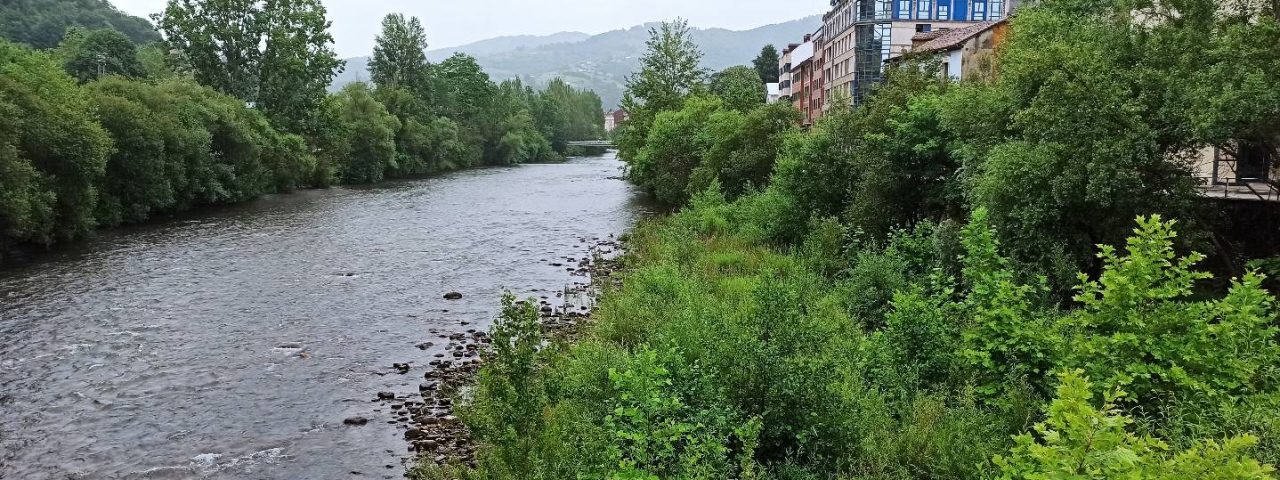Sama has a rich history, deeply connected to the industrial development of Asturias, particularly during the 19th and 20th centuries. The city grew significantly due to coal mining and became one of the key urban centers in the Nalón Valley, contributing to Spain’s industrial revolution. The coal mines brought in workers from various parts of the country, creating a unique cultural mix that has influenced Sama’s traditions and customs.
Culturally, Sama is known for its connection to traditional Asturian customs, including its vibrant music and dance scene, particularly the gaita (bagpipe) music, which is central to many local festivals. One of the most significant events in the area is the Fiesta de San Roque, celebrated in mid-August. This traditional festival involves music, dancing, parades, and religious processions, offering visitors a chance to immerse themselves in Asturian culture.
Historically, the region has seen influences from various civilizations, including the Romans and Moors, but it is the Christian reconquest and later industrialization that shaped its modern identity. Visitors can still explore remnants of the industrial era, including old mining structures and historical landmarks that tell the story of Sama’s past.

